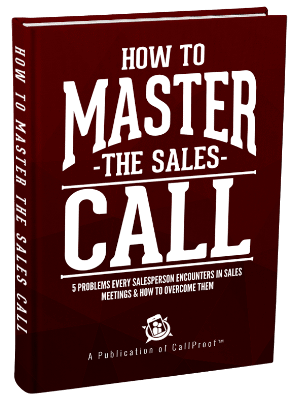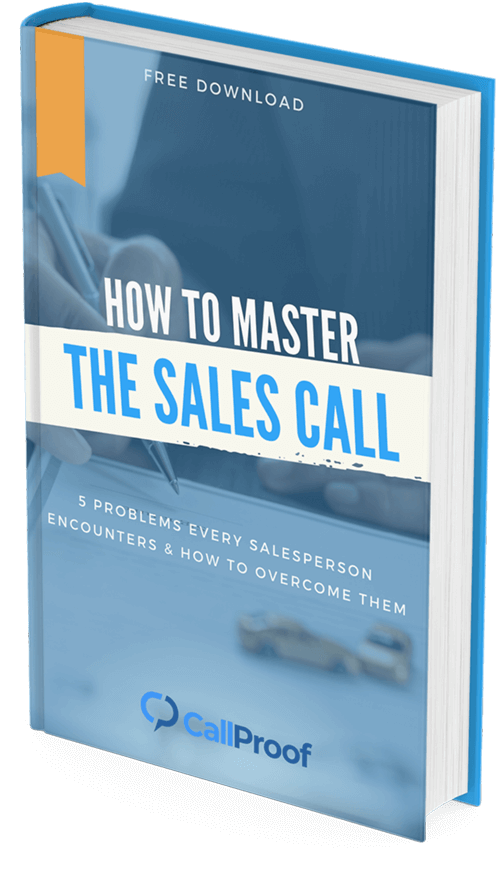
If you’re in home health marketing, you’ve got a unique set of challenges. You’re not marketing to people who will buy your service, but to the people you want to recommend it to. You’ve got a guy being discharged from the hospital who needs home health aftercare. Who gives him the referral? The hospital. And how do they decide who to refer? Well, they have two options:
- Choose at random from a list of companies
- Refer a person they’ve come to know and trust
You can be that person — but it takes intentionality and follow-through. With these five steps, you’ll build a steady pipeline and see your home health sales rise to a new level.
1. Identify Referrals
Who are you contacting regularly? As you’re planning how to market your home health care services, consider the different types of people you’re visiting. There are two types of referral sources: active and prospective.
Active referrals are the people you already know. They’re the companies who already send patients your way. Now, you just need to keep that relationship steady.
Prospective referrals are hospitals or doctors you’d like to win over. It’s time to start making face-to-face visits and building the relationships.
Who are your referrals now? Make a list. Do you need more active referrals or prospectives on your list?
2. Find a Rhythm
Now, think about how often you visit these contacts. Visits shouldn’t be random — they’re planned and intentional.
For your active referrals, set a routine period for seeing them — every 30, 45, or 60 days (depending on what works for you and feels right).
Then schedule a time to get to know your prospective referrals. Fact: It takes 5 visits for hospitals and doctors to know who you are and what you do. Sure, they’ll know what you do and why you’re there sooner, but it takes five visits for them to understand that you’re interested in their referrals and willing to earn them by maintaining a relationship.
They have lots of people working to earn their referrals for different products and services — sales equipment, pharmaceuticals, medical supplies, and home health. But after five visits, it’ll click. Even if it takes you 10 months to see them five times, that’s okay, as long as your consistent.
3. Be Consistent
Make your visits consistent. Consistency builds trust — and hospitals and doctors want to feel comfortable recommending their patients to you. So, if you’re routinely coming by the office, following through on what you say, and generally proving yourself to be organized and reliable, you’re building their confidence in you.
4. Use the Waterfall Approach
Once you know what types of referrals you have and set a schedule for maintaining consistency, simplify your sales funnel. Keep your prospective client visits simple and in the same stage. Let’s say this month I meet five new prospective referral sources. Next month, I’ll visit those same five again (so I’m on the second visit). I keep this going until the fifth month when I “re-classify” them as active referrals. Then I’ll find five new prospectives to put through the five-visits rotation. This way, you’re building a healthy pipeline so your sales don’t drastically move up and down.
5. Use the Right Tools
You can do what’s traditionally been done in sales by generating a list of people to see. Then you can see those same people over and over again hoping it’ll pay off.
Or you could find some sort of mechanism to keep track of how many visits you have with each provider, see who the providers are, and identify new providers.
We like tools. Tools also help us see the true value of each referral. Salespeople sometimes mistakingly place the value in the kind of relationship they have with a provider, not how many people that hospital or practice can actually send them. In doing so, they miscalculate the return.
Maybe they think Joe, the single general practitioner, is their best customer. But he’s only one doctor in the practice. Really, Suzy might be the better customer because she has six people who send referrals. But, without the numbers, a salesperson may misidentify that value. The value of the relationship isn’t in how “cool you are” with that person — it’s what the potential is.
Remember, your current customers are your best prospects. So figure out their value and invest your time accordingly.
Bottom line: Keep in touch with your referrals regularly because your competitors aren’t doing the same. They’re only keeping in touch with the current active referral sources. They’re not seeing new people and they don’t have a rhythm. They’re working off spreadsheets and memory, or some CRM solution that’s data-entry heavy that they only use because it’s a job requirement. They’re not using it as a tool. They’re using it as “a thing I have to do to keep my job.”
CRMs should be built for salespeople to want to use. A CRM is helpful, not time-consuming. In fact, it should take less than two minutes to update and input so you can do it while you work — from anywhere. You shouldn’t have to go back to an office to enter data.
So use a CRM like CallProof that keeps you working your plan and doesn’t let your referrals fall through the cracks.
Related: A Complete Guide to Sales CRM Implementation
While your competitors are taking shots in the dark, you can methodically and consistently work your plan to a better pipeline and better sales.



